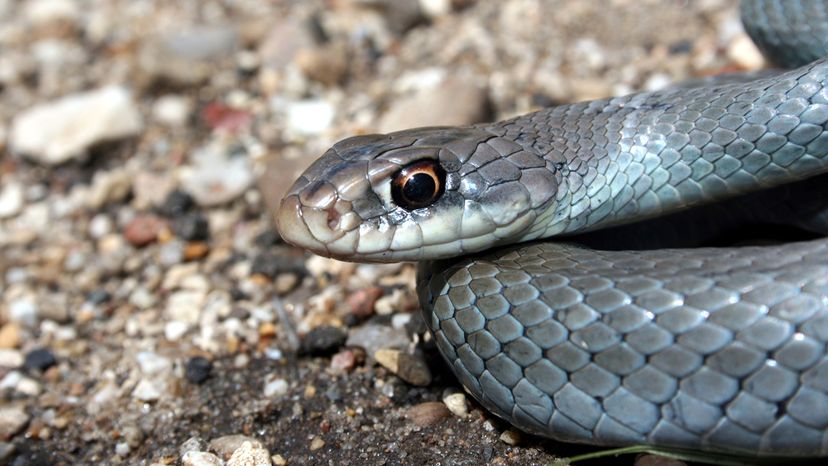
Known for its striking blue coloration and incredible speed, the blue racer snake is found primarily in the Midwest. These snakes are nonvenomous and play an essential role in their ecosystems, helping to control populations of small mammals and other prey.
While their beautiful blue color makes them stand out, blue racer snakes are also known for their elusive nature, often fleeing at the first sign of danger. They are most commonly found in open habitats, where they can use their speed to their advantage.
Advertisement